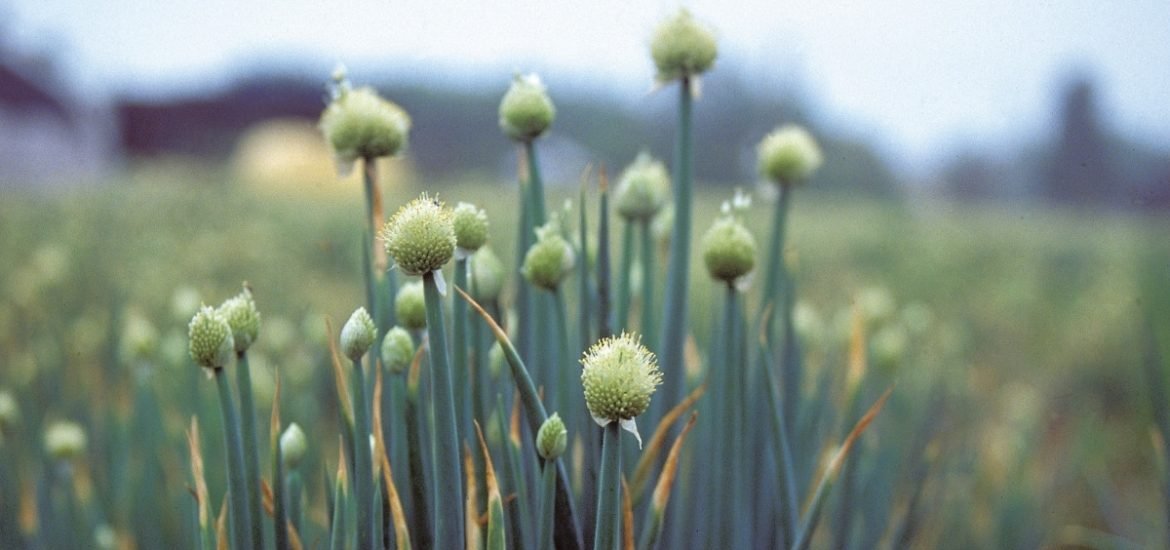
A study published on 21 December in Nature Communications has uncovered the mechanism that allows plants to remember changes in their environment (1). This memory function can help plants to effectively alter their development in response to stress or changing seasons. For example, plants remember the cold winter and therefore, may only flower during the warmer summer months.
By remembering these environmental changes, plants can control their life cycle. The authors have now revealed the inner workings of flowering plants that could potentially link environmental inputs to the epigenetic control ― changes caused by modified gene expression that do not involve changes in the underlying genetic sequence ― of plant development.
To figure out how flowering plants sense and ‘remember’ changes in their environment, scientists from the University of Nottingham and the University of Birmingham, in collaboration with researchers from the Universities of Oxford and Utrecht, focused on the polycomb repressive complex 2 (PRC2) protein, which is known to play a key role in cell identity, developmental transitions, and the establishment of environmental memory; however, the mechanisms behind these activities remain poorly understood.
Plants produce different versions of this PRC2 protein that are responsible for different functions. For instance, VRN2-PRC2 regulates an epigenetic process called vernalization in which certain genes are silenced upon long-term exposure to cold thereby encoding a memory of cold. Once the warmer temperatures return, the plant will flower. But how does all of this work?
The researchers discovered that the VRN2 protein directly senses and responds to signals from the environment. The protein is extremely unstable and is continually being broken down when its not required warmer temperatures or when oxygen is abundant. Therefore, the PRC2 also remains inactive until required. However, under suitable environmental conditions, the protein will accumulate.
Interestingly, similar plant responses were observed in both cold environments and low oxygen during flooding. More specifically, the same response occurs when environmental conditions become more challenging, such as low oxygen levels during flooding or cold exposure. Moreover, low oxygen frequently occurs in plants during development. In this case, VRN2 becomes stable and enhances survival. Animals have the PRC2 complex too but do not have the unstable VRN2 protein, which seems to be specific to flowering plants. The system may have evolved in flowering plants to improve their ability to adapt and respond to environmental changes; more crucial to plants than animals since plants are fixed to the earth.
The VRN2 protein was previously identified as a positive regulator of vernalization. But scientists have now explained the “proteolytic mechanism” behind the environmentally-induced accumulation of VRN2 in response to cold temperatures specific to flowering plants.
The ability of plants to adapt to different environmental scenarios is becoming an increasingly important strategy against climate change. Furthermore, targeting this mechanism could be useful in developing plants, such as vegetables and staple grains, that are better adapted to different environments.
(1) Gibbs, D.J. et al. Oxygen-dependent proteolysis regulates the stability of angiosperm polycomb repressive complex 2 subunit VERNALIZATION 2. Nature Communications (2018) DOI: 10.1038/s41467-018-07875-7